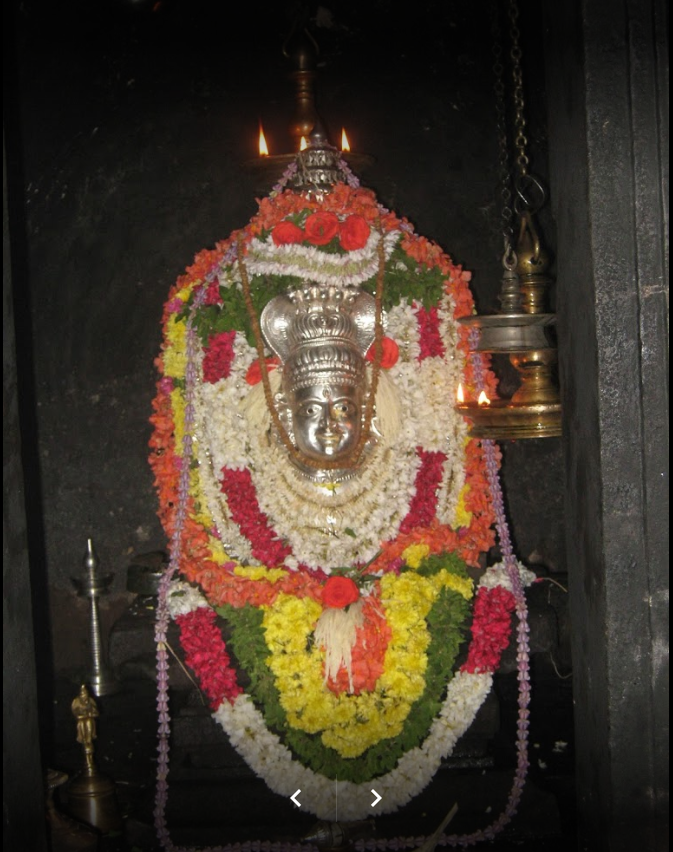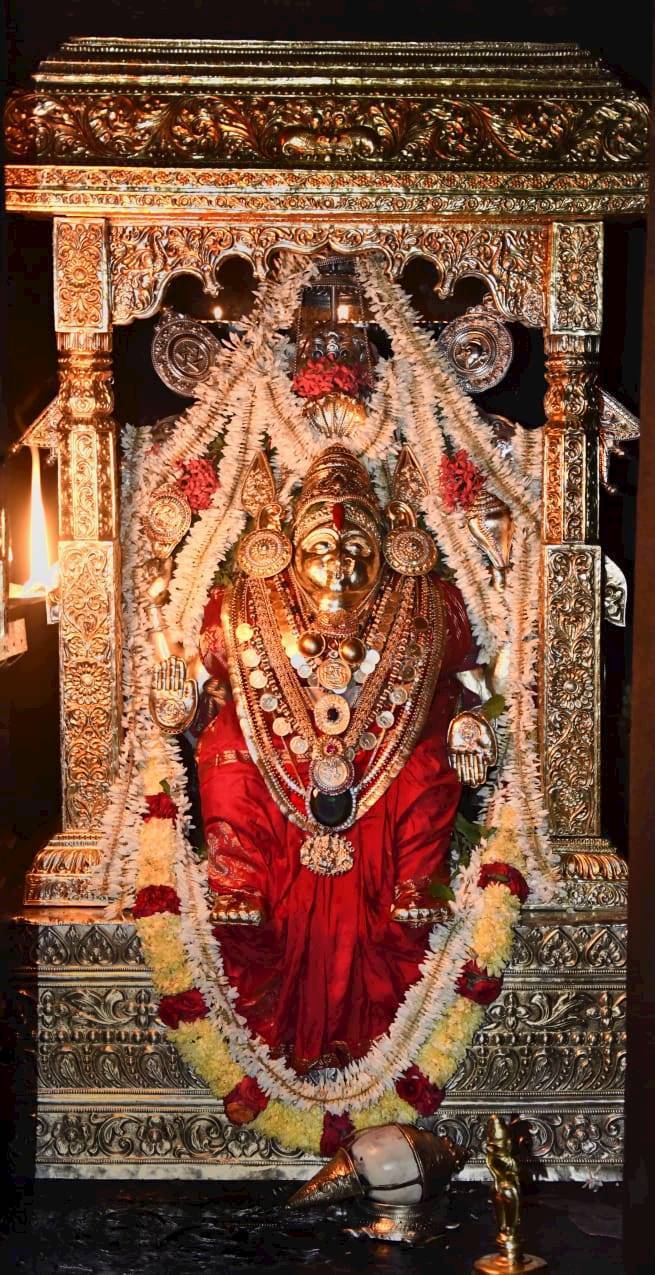About
The abode of Goddess Samaleswari -the presiding deity of Sambalpur is one of the most revered temples of the state. The benevolence of the Goddess spreads across Western Odisha up to Chhattisgarh. The goddess is worshipped in various forms across the region.
Though the origin of the Goddess is still shrouded in mystery, one thing has been ascertained that Goddess Samaleswari was appropriated as the deity of Sambalpur by the Chouhan King Balaram Dev, who became the King of the region in 1542 AD.
King Balaram Dev didn’t stop at according the title of Ista Devi (Goddess of the region), his own veneration and devotion to the Goddess Samaleswari was instrumental in creating the cult of Goddess Samaleswari that we see today.
According to a popular legend, one day while on a hunting expedition King Balaram Dev saw his hunting dogs being repulsed by a hare, stunned by the boldness of an otherwise submissive animal, the King was convinced that there is a divine power which holds sway in his Kingdom and that divine power comes from Goddess Samaleswari.
The main priest of the Samaleswari Temple are the descendants of the Chouhan dynasty. Apart from tribal influence, the rituals of the temple has an element of tantra as well. She is offered both vegetarian and non-vegetarian offerings on specific days.
Festivals
Nuakhai – the harvest festival, people mark the occasion by offering the newly harvested rice to the Goddess. The festival is accompanied by great fanfare and celebration all across the region. Lakhs of devotees throng the temple to see the blessings of the Goddess. Nuakhai usually falls a day after the Ganesh Puja i.e. in the month of Aug/Sept.
Mahavisuba Sankranti – as per legend Sati Savitri brought back to life her dead husband Satyaban by worshipping Goddess Durga. The festival which falls in Mar/April, is observed with great reverence.
Saradiya Durga Puja –The festival starts on the day of Mahalaya (the day goddess descends on earth to slay Mahisasura). Devotees throng the temple to see the “Dhabalamukhi Besha” of the goddess. The entire nine days of the Dussehra the goddess adorns various incarnations.















